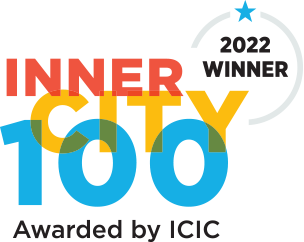Stakeholder identification is a key early step in the outreach planning process. Transportation agencies must make a diligent effort to identify all those affected by a proposed action, including those segments of the population traditionally underserved by transportation. These include Environmental Justice Communities (EJCs), the elderly, low-income or minority households, and the disabled. Making decisions about transportation that recognize, consider, and effectively address the needs, cultural preferences, and financial constraints of these socioeconomic groups is known as cultural proficiency. In their cultural proficiency efforts, agencies must:
- Identify underserved constituencies within the plan or project area.
- Determine how those communities prefer to receive information and develop project education strategies accordingly.
- Ascertain how these communities would be most likely to provide input and create appropriate opportunities for them to do so.
For more on cultural proficiency and reaching the underserved, as well as a comprehensive overview of the role of public outreach and engagement in transportation, click here for an InGroup Whitepaper on Public Involvement in Transportation.


